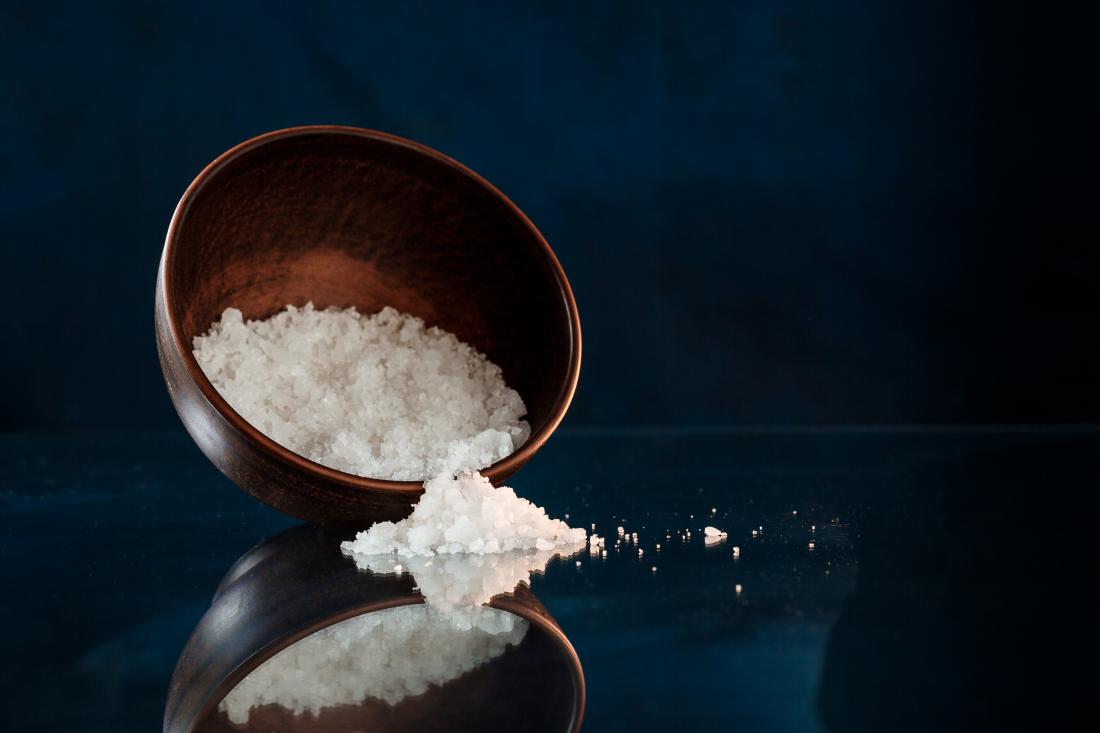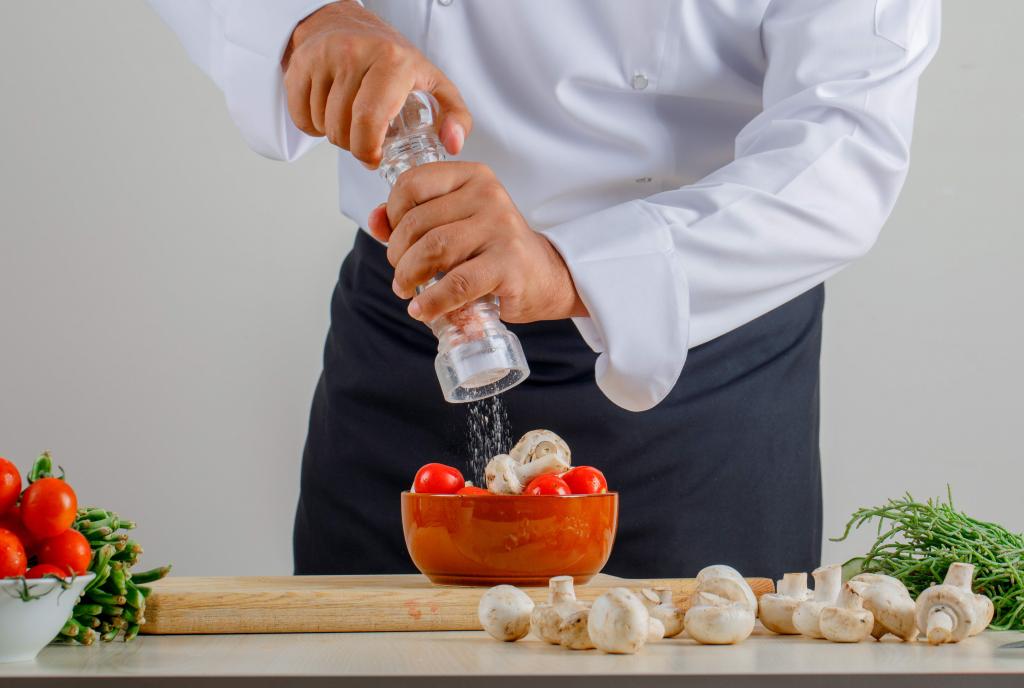Get a taste of gourmet salt with the project MedArtSal

Salt was collected, used, and traded very early on for its properties and flavour. There is evidence of salt collection (both from sea and mineral deposits) since the Neolithic, and overtime it became a product of great importance for the preservation of food. In the last century, with the development of other conservation methods, salt lost its fundamental role in food preservation, and, despite being a key element in everyday cuisine, it became more and more a commodity, with no value associated to the different sources, production method and flavours.
This trend is fortunately changing in the last decades, when top level chefs started to distinguish between the characteristic qualities of the many varieties of gourmet salts available in the market.
Gourmet Salts, by virtue of their special production techniques which lead to different crystallization and chemical composition, acquire special organoleptic and aesthetic proprieties that Gourmets Chefs are learning to exploit to intensifies and enhances the taste and appearance of their dishes.
Gourmet Salt includes different Premium products in the market, such as Fleur de Sel, Salt flakes, Smoked Salt, coloured salt (pink, grey, blue, black…) and salt flavoured with herbs and spices. From an economic point of view, gourmet salts are of high added value and can bring more benefits by supporting the sustainability of artisanal salt works which still use traditional way of salt harvesting.

Credits: <a href="https://www.freepik.com/photos/food">Food photo created by 8photo - www.freepik.com</a>
Fleur de Sel has a refined and unique taste due to its traditional and sustainable production method: the thin crust of salt that forms on the surface of the salt-ponds under specific conditions of sun and wind, is collected manually by gently “skimming” the surface with special tools, to obtain salt crystals of different sizes and texture and higher moisture content versus the most common salt collected at the bottom of the ponds after precipitation. This difference in moisture and unique, smoother texture, allows a few grains of fleur de Sel to provide the most intense taste sensations on a piece of fish, meat and even on a salad.
A similar effect can be obtained by using “Flakes Salt”, produced following a specific evaporation process in heated pans, which simulates the production of Fleur de Sel but better allows the control of the crystallization process. Top quality Salt Flakes have a pyramid shape and a very special crunchy texture, which provide a unique tasting experience, ideal to give a finishing touch to gourmet dishes such as foie gras, roast meat and even desserts, especially the chocolate based one, where the beautiful pyramid shaped crystals serve both as a decoration and flavour enhancer.
Even the most common Fine and Coarse salt, used to season meats, sauces, cakes, and adapt recipes to everyone taste, are often selected by Gourmet chefs based on their organoleptic proprieties, linked to the different level of salts such as Magnesium and Potassium Chlorides which are responsible for the salt “bitterness”: a Gourmet chef will therefore select the Natural Salt from a specific Region which will provide the level of bitterness needed for its dish (i.e. the Italian bitter-less “Sale Dolce” is very appreciated for its delicate taste).
The project MedArtSal is funded by the ENI CBC MED 2014-2020 Programme, with a total budget of 3.2 million euros and a contribution from the European Union of 2.9 million.







